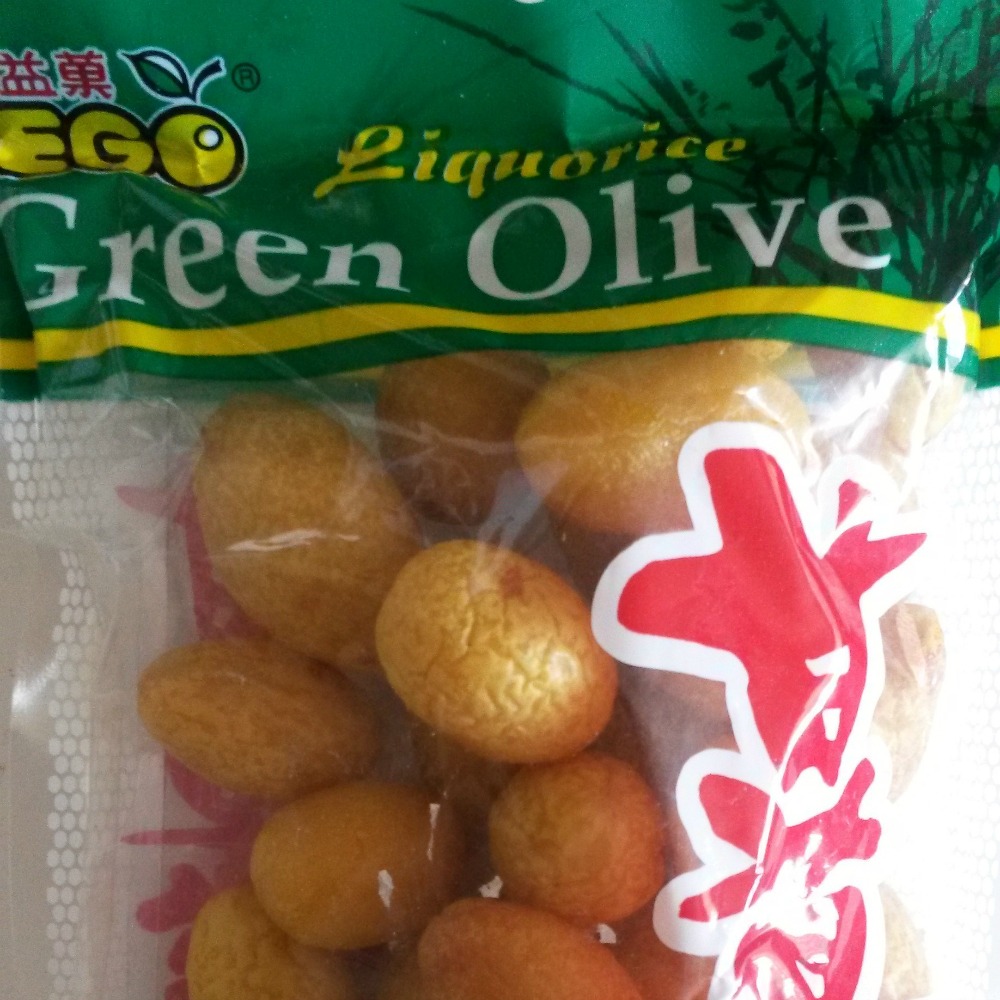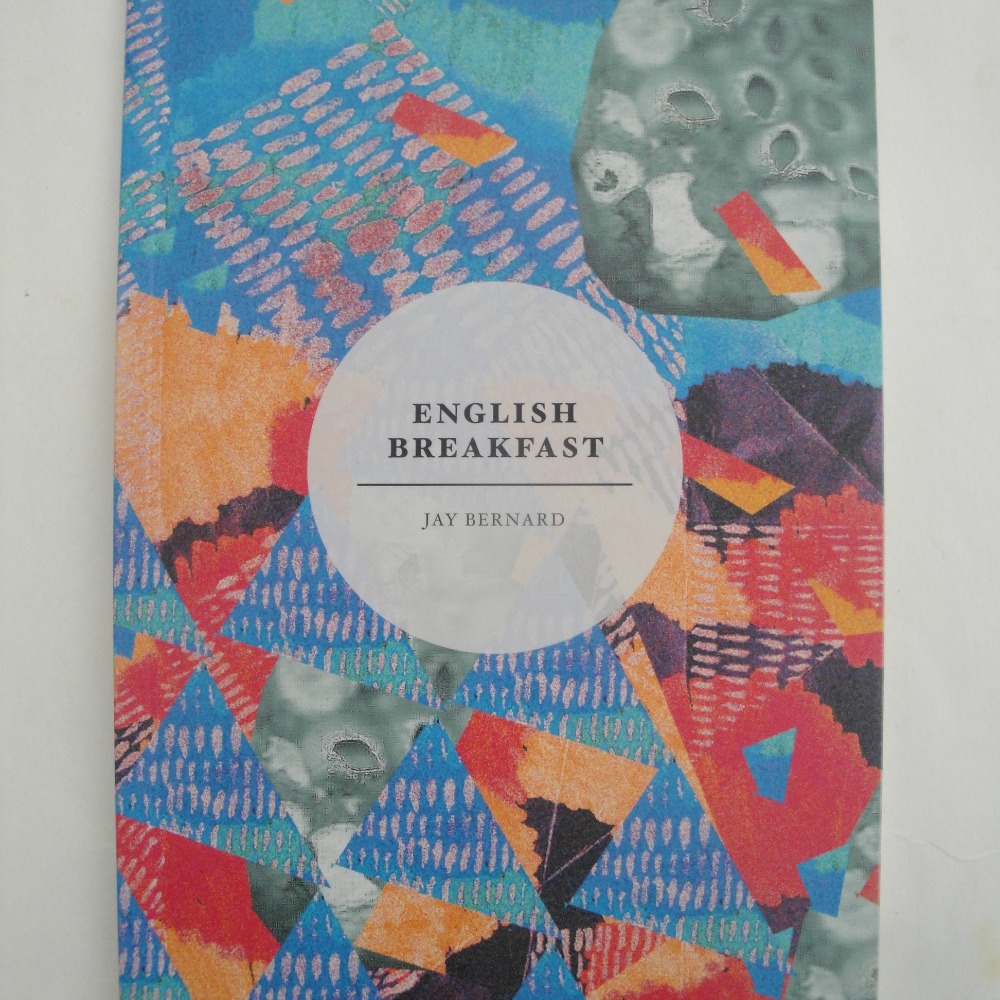
Travelling and shopping are two activities that complement each other pretty well. Discovering a new country is best done by browsing local books, visiting museums (and perusing their gift shops), and eating native dishes (and buying some of those ingredients to bring back home). Along with our photos, shopping offers proof that we have actually been to a place — and unlike with photos, by shopping we can literally take home something tangible to remind us of the visit.
On my first trip to Singaporet, I was as curious and impatient as a kid before their first visit in Disneyland. Would the weather be too hot ? Would I fall in love with the hawker centres and laksa? What would I buy to bring back? Turns out that last question would lead me to perhaps my most entertaining and challenging activity in Singapore.
Here is my list of suggestions from my Singaporean explorations — of perfect purchases and disappointing omissions.
When I first started travelling, I brought back mostly each destination’s clichés. After years of travel experience though, I have now realised that some items make good souvenirs and some others, well, not so much. Large items like heavy books and furniture that are difficult and expensive to transport are to be avoided. Instead, look for items that are small and light and easy to pack (unless you have a small trust fund for shipping costs). And look for items that will celebrate the places you’ve visited and will remind you of your trip every time you use it. Don’t buy something just because it’s traditional but means nothing to you; it needs to have that delicate balance between being totally local but also totally meaningful to you. And of course, buy things that the locals would actually want and use, and that aren’t just for tacky tourists.
Don’t leave the country without a jar of that famous Tiger Balm. While, yes, it is available outside Asia, what you get in Singapore is a label that is not found in English-speaking countries, and is a real practical souvenir of your trip — you’ll actually want to have a muscle ache just so you can pull it out of your medicine cabinet. This pain-relieving ointment is one of the most useful things you can grab before you fly out.

A souvenir that’s high in fiber!
As well, because Singapore is a mix of Chinese, Malay, and Indian populations, Chinese medicine is well established in the country. Stroll around the Chinatown area and stop into a few traditional Chinese pharmacies. When you enter the store, the pharmacist will ask you about your symptoms and will offer you some remedies. After my chat with her, I got an ointment for itchy skin, some creams for the eye, and oils for tight muscles. You will be nicely surprised as they come in small and colourful boxes, are affordable, and will turn out to be quite useful.
Supermarkets are the ideal location to discover local foods. In Singapore, the most famous one is the Mustafa Centre in Little India. Open 24-hours and boasting 300,000 items for sale, it is a shopping heaven for locals and travellers alike, as you will find pretty much everything at cheap prices. I spent half a day in the food section alone, and here is what I got: Indian spices, green licorice olives, local chewing gum, and curry-spiced potato chips. If you’re a foodie, other edible souvenirs are the laksa paste to make traditional Peranakan noodle soup; kaya, the jam made from eggs, sugar, and coconut milk to make the locally famous kaya toast; and bakkwa, Singaporean pork jerky made with sugar, soy sauce, and spices grilled in charcoal.

Oh, the flavours you’ll find at the supermarket
Edible souvenirs, however, require caution. Do your research of what food stuffs you’re permitted to bring back home, or else avoid crying at the airport when the customs agent confiscates your spices, sauces, or exotic fruits because the product is not allowed entry. Also, remember that even if you have to pay taxes on allowable items, you’ll still come out ahead, financially; the amount paid is usually far less that the cost that importers, wholesalers, and retailers add onto the product back home, if it is even available.
Less risky are kitchenware. Through the alleys and back streets in Chinatown, I found several cookware stores and I managed to locate the item I was searching: an angku kueh mold. I haven’t made the kueh yet but the mold is still with me.
For bakkwa, go to Kim Hock Guan, Fragrance Foodstuff, Lim Chee Guan and Bee Cheng Hiang in various locations over the city.
You can find laska paste and kaya jam in most supermarkets. If you prefer a branded kaya jam, go for the Ya Kun Kaya, from the coffee shop chain
In the hipster neighbourhood of Tiong Bahru, you’ll find interesting bookstores and design stores where locals shop. Books Actually is a favourite, and I was delighted to discover a culinary-themed anthology of poems, titled English Breakfast and published under the imprint Math Paper Press, owned by none other than the bookstore’s owners. Or you might find the Essential Guide to Singlish, a guide that you will help you to learn colloquial Singaporean English. You can also find various English language books, notebooks, maps, and stationery under Birds & Co., also a property of the bookstore.
I am not the traveller who will spend an entire salary on tacky items but I have to admit the local gift shops found in the touristy zones and down Orchard Street have their charm. The tote bag with the I ♥ Singapore will make a good gift back home. You can also find small fake lion heads (the lion is the national symbol of the country), glasses, hats, bags, postcards, etc., all with a Singaporean flavour. These also make great gifts for the kids in your life.

Locally produced books and stationery make a great gift
The ideal location for knick-knacks of your choice is the Naiise standalone shop at Clarke Quay Central. This is the place to find all kinds of random bits, from kueh-shaped cushions to miniature Asian chef-inspired jewellery among the 4,000 products stocked. Naiise claims to be the platform where independent designers can showcase their work but you can also find products from other parts of the world, artisanal foods, and kitchenware. I got my Kueh tote bag here that everybody seems to ask me where it’s from. If you can’t be in Singapore to shop, their website is well-designed and with great offerings. Grab the pandan cake earring studs and you’re all set.
I didn’t buy any clothing while in Singapore because I was too preoccupied with my culinary explorations. However, there are several local designers that you can find in various areas. In Kampong Glam, there is Haji Lane, a small alley thriving with independent design shops, one next to the other. Modparade is one I remember for its indie pieces and creative clothes.
Ong Shunmugam is a local female clothing designer best known for her “fusion” fashion combining Chinese and other cultural elements into the traditional Chinese cheongsam dress. Hansel is another local female clothing designer who is described as playful and minimalist.
After a nearly SGD 30 Singapore Sling cocktail at the Raffles hotel (where it reportedly was created) I passed on the cocktail’s paraphernalia (glasses, t-shirts, posters, and even marmalade) because I thought there were too touristy — but only to regret it later. I am saddened that I didn’t bring back Bengawan Solo’s signature tin cookie box, either. Let me remind you what souvenir means: it is the French word for “to remember.” Sure, it would have been cliché and touristy, but a Singapore Sling t-shirt would have definitely brought back memories of this fun, humid, and full-of-flavours place.